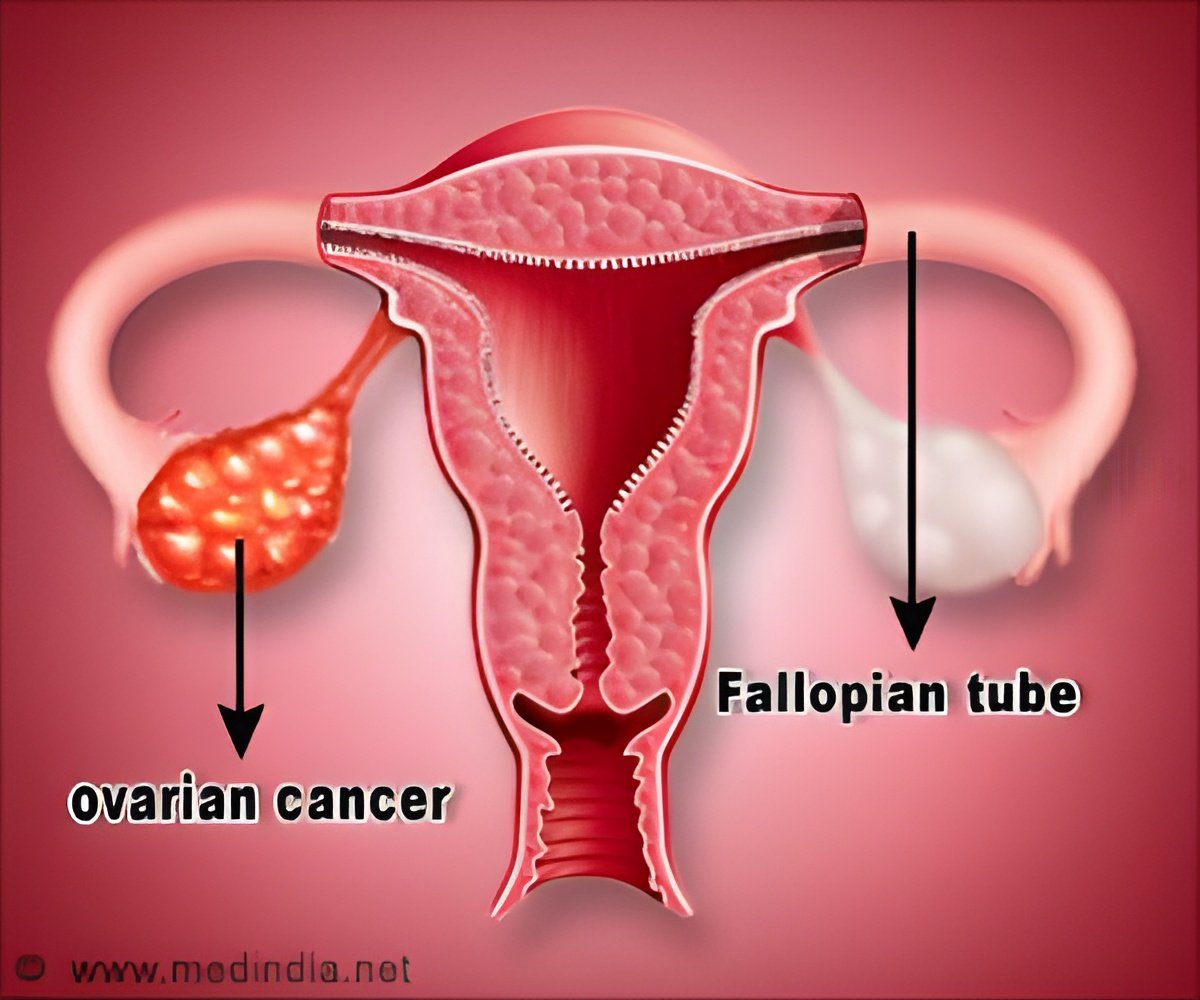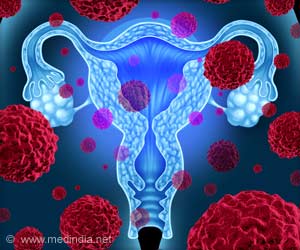
‘As ovarian cancer progresses, there is change in the mitochondria structure inside the cells that helps cancer cells to grow. Targeted treatment can be developed against this cellular adaptation to suppress the growth of ovarian cancer.’
Read More..Tweet it Now
The study led by Eva Schmelz, a Professor and Scientific Director at Virginia Tech University, USA is published in the journal Frontiers in Oncology.Read More..
Eva Schmelz said, “Our study compared the structures inside cells representing different stages of ovarian cancer, including after aggregation, which enhances their survival. We found that one of these structures, the mitochondria, known as the 'battery pack' of the cell, changed shape and function to adapt to the hostile conditions in the peritoneal cavity, allowing aggressive cancerous cells to grow and take hold.”
The Lethal Spread Of Cells
Ovarian cancer can often start from cancerous cells in the fallopian tubes. Cells shedding from this cancerous mass can then spread onwards throughout the peritoneal cavity via the fluid in the abdomen. At this stage, even if the original tumor is removed the patient's survival rates are just 30 percent.
The survival rate is increased to over 90 percent if it is caught in the initial stages. However, this cancer is difficult to detect because there are very few reliable early biomarkers or symptoms.
Advertisement
To identify and measure the structure of mitochondria at different stages of the cancer, the researchers used a wide variety of microscopy techniques to obtain 2D images and 3D models of it.
Advertisement
The researchers found that as the ovarian cancer progressed, the structure of mitochondria changed from a filamentous network to that of a highly fragmented form. This fragmented structure and other changes in the function of mitochondria, helped the cells adapt to an environment that is low in nutrients and oxygen.
This also allows the cells to escape the commonly used treatments in ovarian cancer patients, so they can continue to divide.
The researchers hope that these findings will form the basis of research to develop new treatments for this devastating disease.
Future research will help to identify the mechanism by which the changes inside the cells are regulated by isolating specific cell signaling pathways to create targets for therapies that limit the viability and spread of ovarian cancer cells.
Source-Medindia














